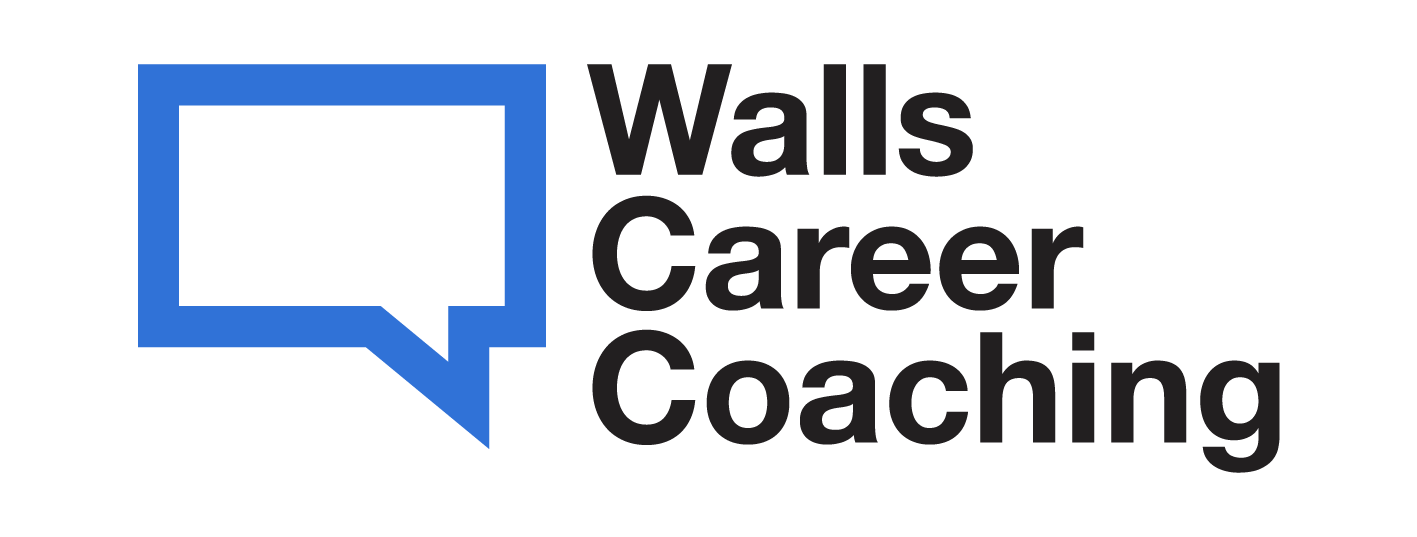Many of us fall into the trap of saying “Yes, Yes, Yes,” to everyone and everything. Maybe we don’t want to miss out on something, don’t want to disappoint or we’re just in the habit of always saying yes.
The downside of saying yes too often is that it can lead to exhaustion, cause resentment and frustration and damage relationships. Does this sound like you? If so, it’s time to set some boundaries. Clear boundaries, which put definition around what you will and won’t do, are like drawing a line in the sand and declaring, “This is my limit. I go no further.”
If you’re not sure how to get started on defining boundaries for yourself, a good place to start is by reflecting on whom or where in your life you would like to be better at saying “no” and then getting clear on what you will and won’t do. Once you’ve done this, you’re ready to set boundaries that are meaningful and useful.
Benefits of Healthy Boundaries
There are many benefits to having a clear sense of what is and is not acceptable to you. Here are a few ways setting boundaries can help:
You learn to say “No” and put yourself first, which will allow you to feel empowered and happy.
You end up doing things you actually want to do without guilt.
You respect yourself and are respected by others.
You experience less anger, resentment and stress.
You become a better communicator and create healthier relationships.
Boundaries in Real Life
I’m working with a leader who is a high-achiever and has been putting herself last, after family and work, which has taken a toll on her health and well-being. Committed to changing this behavior, she sought my guidance and support to help her create, set and stick to effective boundaries which will allow her to continue to successfully lead her team and also make more time for family and herself.
During our first session, I had my client complete a Values Assessment and make a list of her personal and professional priorities. From these two exercises, she was able to get clarity around what a healthy work/life balance means to her now and what she can realistically do to make this happen. Then, she laid out all her responsibilities, projects, and tasks and decided what to continue handling, what to de-emphasize and what to delegate. She plans on sharing this with her team and boss. At the end of the session, she told me she felt energized and clear.
In a few months, I will give you an update on how this process is working for her. In the meantime, I encourage you to try applying the tips below to establish healthy boundaries:
Be clear and specific about you will and won’t do.
Keep a positive tone, attitude and approach.
Acknowledge the other person’s point of view and ideas then try to negotiate an outcome that honors both parties’ needs.
Try these responses:
“I can’t do that, but what I can do is . . .”
“Here are a few options I can offer you. Which option do you prefer? If these options don’t work, what ideas do you have?”
“Seeing that I am not able to do this, may I refer someone who can handle this for you?
Remember, you always have a choice to say “yes” or “no” and setting and sticking to clear, realistic boundaries helps you focus on what matters most to you and creates healthy relationships.
Are you tired of always saying “Yes” when you really want to say “No”? If you’d like assistance in creating and setting boundaries for yourself, schedule a 60-minute one-on-one session with me.

